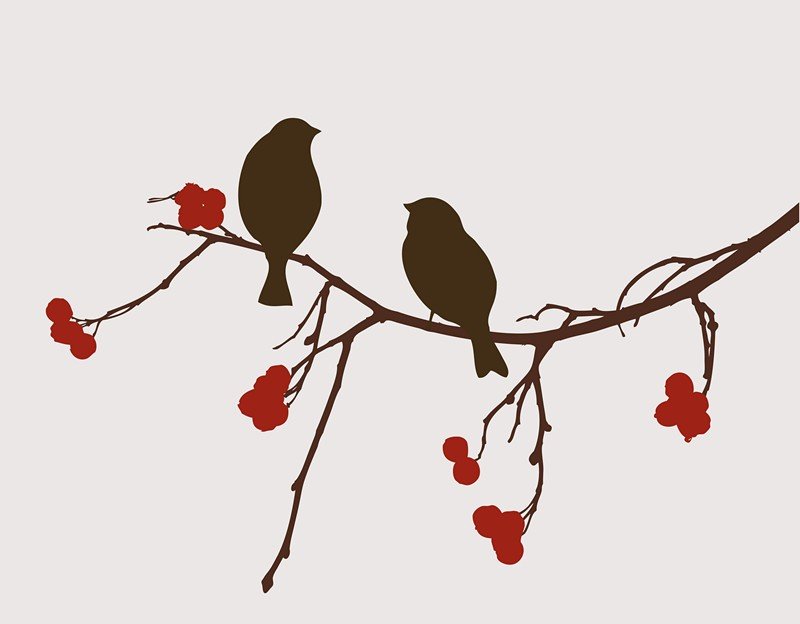We are all conversant with the chirpy house sparrows as they are seen everywhere, near your homes and other buildings. No other bird is as intimated with humans as these sociable house sparrows are and this association is their simple success formula. They are found in both urban areas and the rural locations. They are more active in winters and quite belligerent when it comes to defending their nests from other native species. The species found in Eurasia and North Africa are native sparrows and have been brought to so many other areas all over the world. The appearance of these most abundant songbirds is distinctive from the other North American native sparrows.
Size and Shape
These doughty Sparrows are brown in color with black smudges all over their back. With the buffy lower part, these sparrows appear to have shorter legs and thicker beaks when compared to the native species. They have buffy eye stripe drawn across the back of their neck and chestnut nuchal regions. Males can be distinguished from female sparrows as they have white cheeks and black badge and the size of males is also larger. 5 to the 6-inch long bird, has the wings with the length of 9 inches and weighs around 28.5 gram. Sometimes, people mix these house sparrow with other seed-eating birds.
Read moreHouse Sparrow: Identification Key and 7 Interesting Facts You May Not Know




